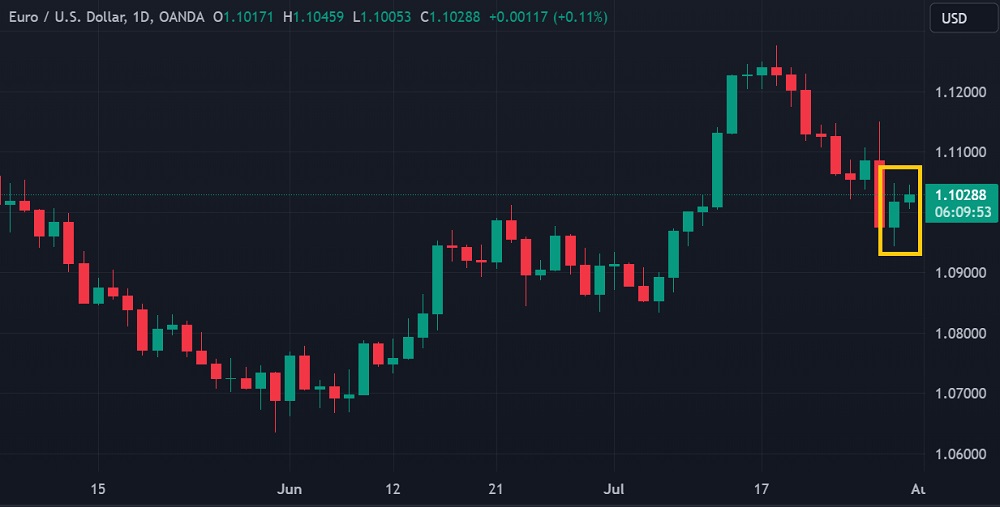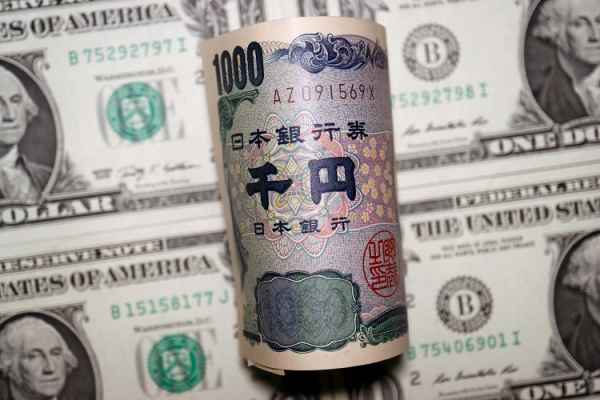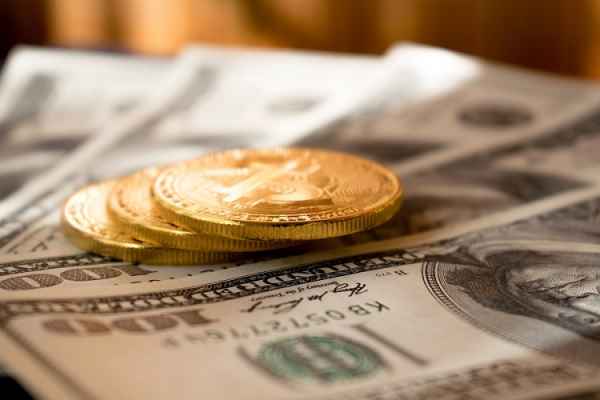The economic growth of the Eurozone improves, but the inflation slowdown has limited interest rate expectations and the movement of the euro.
The Euro only strengthened slightly in early trading this week (July 31), despite the Eurozone's Gross Domestic Product (GDP) data showing an improved economic performance in the second quarter of 2023.
The EUR/USD exchange rate briefly rose by about 0.2% to reach a high of 1.1045, then moderated to around 1.1020 during the New York session. Meanwhile, EUR/GBP remained relatively stable before Thursday's Bank of England (BoE) meeting.

According to Eurostat's report, the Eurozone's GDP grew by 0.3% in the second quarter of 2023. This performance indicates an improvement compared to the previous quarter's growth rate of 0% and exceeds the consensus estimate of 0.2%. The annual GDP growth reached 0.6%, which is also better than the estimated 0.5%.
The preliminary inflation report for July 2023, released separately, indicates a slowdown. Both core and all-items inflation recorded -0.1% (month-over-month). In June 2023, these figures were +0.3% and +0.4%, respectively.
Overall, both data points suggest a better economic condition than previously estimated. However, the inflation deceleration supports the European Central Bank's (ECB) less hawkish stance in last week's interest rate announcement.
Market participants will closely monitor the upcoming economic data to assess whether or not the ECB will raise interest rates again in September. This uncertainty leaves the euro without a clear catalyst to move in a particular direction.
The US dollar is also facing a similar situation. Market participants doubt The Fed's intentions to raise interest rates amid weakening inflation pace and US labor data. The Core PCE Price Index, released last Friday, indicated the slowest inflation growth in over two years.

 Dedicated FREE FOREX VPS
Dedicated FREE FOREX VPS Free FOREX Virtual Private Server
Free FOREX Virtual Private Server MT4 Demo Contest, Get $500
MT4 Demo Contest, Get $500 Sign Up for an Account, Claim 60% Deposit Bonus
Sign Up for an Account, Claim 60% Deposit Bonus Free MT4/MT5 VPS 2024
Free MT4/MT5 VPS 2024 Send E-mail and Get Free Merchandise
Send E-mail and Get Free Merchandise $1K Refer a Friend Bonus for Pepperstone Pro clients
$1K Refer a Friend Bonus for Pepperstone Pro clients Maximize Your Earnings with 100% Deposit bonus
Maximize Your Earnings with 100% Deposit bonus Trade to Win, $5,000 Monthly Demo Contest
Trade to Win, $5,000 Monthly Demo Contest Claim 30% + 15% Deposit Bonus from LiteFinance
Claim 30% + 15% Deposit Bonus from LiteFinance






